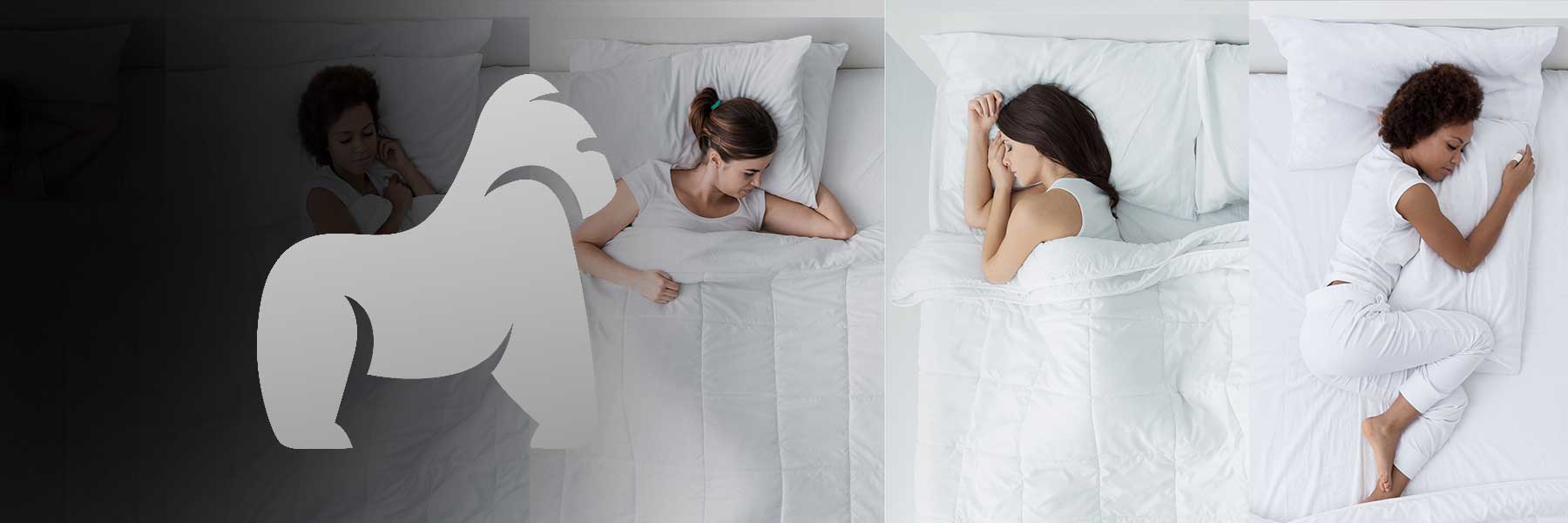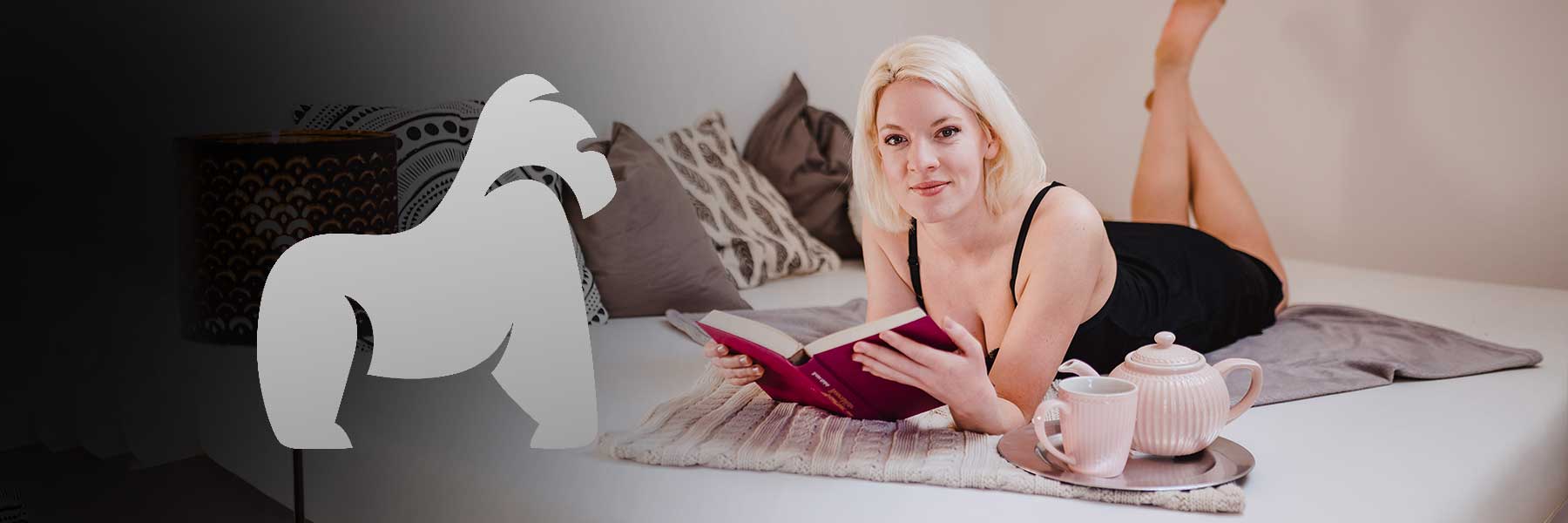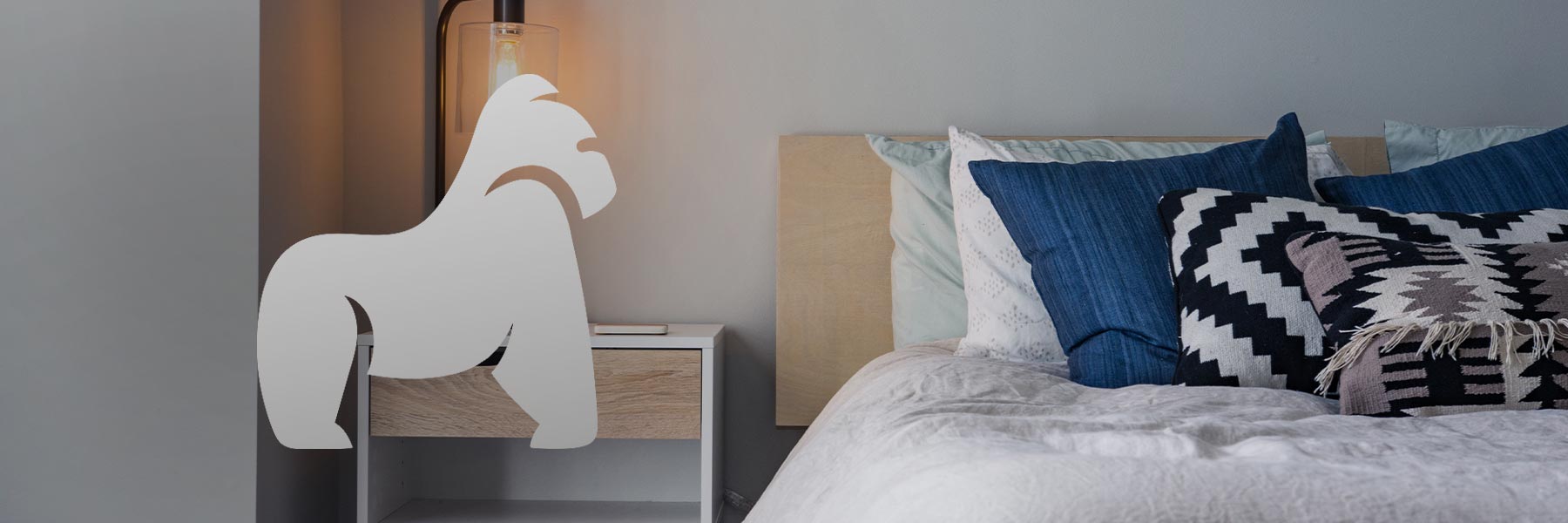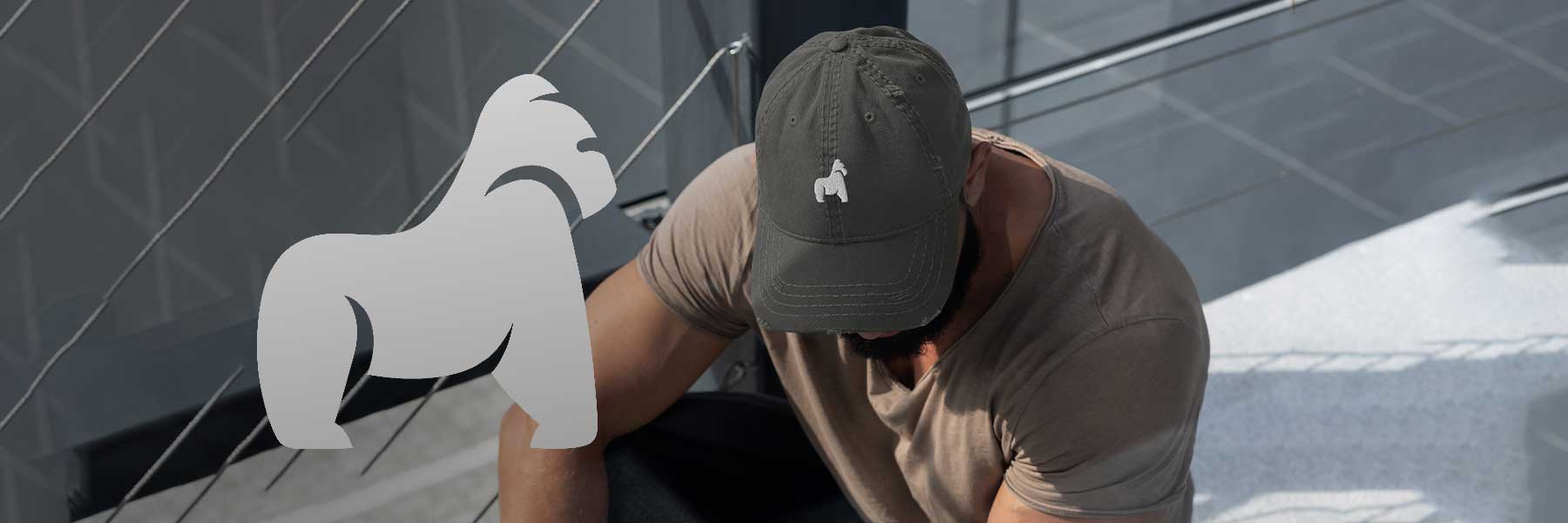
Sleep divorce - What is it?
A sleep divorce occurs when you stop sharing a bed with your partner. For some, it’s an opportunity to cuddle up at night and enjoy quality sleep time together. Unfortunately, sharing a bed can make it difficult for other couples to get a restful night.
Sleep is crucial for your overall well-being, and in cases where your bed partner keeps you from the sleep you need, it can feel like a sleep divorce is the only option. However, before making the decision to sleep apart, we recommend trying these four tips to save your sleep marriage and promote restful sleep.
A sleep divorce is not your only option
What exactly is a sleep divorce? Although it may sound dramatic, a sleep divorce simply describes couples who have agreed to sleep separately, usually in separate bedrooms. It is not a separation or even a statement about your relationship status. A sleep divorce simply means you have chosen to prioritize restful sleep over modern sleeping arrangements.
In fact, research from Gorilla Gesund shows that many couples disagree on whether they sleep better alone or with someone else - 45% say they sleep better alone and 45% say they sleep better with someone else.
- Almost two-thirds of adults share a bed with their partner at least once a week.
- 47% of adults living with their partner sleep on a king-size bed.
- Men are more likely than women to believe they sleep better with a partner (51% vs. 40%).
- Older adults are more likely than younger adults to believe they sleep better with a partner (52% vs. 39%).
But just because you struggle with your sleep doesn’t mean you (or your partner) have to camp out on the couch. Before calling it quits in bed, try the following adjustments to your sleep routine.
Tip #1: Recognize your sleep patterns and preferences
The first step to better sleep while sharing the same bed is to recognize your sleep patterns and acknowledge your nighttime preferences.
By recognizing your unique sleep habits and preferences, you can make adjustments more effectively to achieve healthier sleep habits and better rest for both you and your partner.
Common tendencies & preferences - Possible solutions for sleep:
Snoring
- Use pillows to elevate your head and keep your airways clear.
- Your partner can wear earplugs.
- Consider a bed with an adjustable base.
Night owl versus early riser
- Create a sleep schedule that works for both you and your partner.
- Wear sleep masks to block bright lights.
- Add gentle lighting in your bedroom that does not disturb your sleeping partner.
Warm versus cold sleeper
- Agree on a comfortable room temperature.
- Adjust the individual sides of the bed with more or fewer blankets.
Light sleeper
- Wear earplugs and a sleep mask to reduce light and noise disturbances during the night.
- Sleep with a humidifier to promote deep sleep.
Tip #2: Use technology
Depending on the sleep patterns and preferences you identify, technology can offer a variety of solutions.
Customizable alarms are a great option if you wake up earlier than your partner. Instead of a loud alarm that wakes you both, you can use a vibrating alarm placed under your pillow to gently wake you by pulsing while your partner continues to sleep soundly.
Noise machines can be extremely helpful for couples with different sleep patterns. They can dampen loud environments and create a soothing sleep environment. Try white or brown noise to promote restful sleep.
Sleep apps and wellness trackers not only track sleep and wake patterns but also offer sleep advice and suggestions to improve your sleep. Some programs can guide you through relaxation techniques and connect with other devices (alarms, smart speakers, and more) to optimize your sleep.
Tip #3: Try the Scandinavian sleep method
Blankets and duvets can be a point of contention for many couples. One partner might like it warm and cozy, while the other prefers the temperature a bit cooler, not to mention the tugging and pulling that can happen when both partners share the same blanket.
If this is a problem for you, try the Scandinavian sleep method! Popular in Finland, Sweden, and Norway, the Scandinavian sleep method simply describes a sleeping situation where a couple uses two duvets on the bed instead of one.
This way, there is no arguing about blankets being pulled away at night or blankets being too hot or too cold; each person can have their own blanket just the way they like it.
Tip #4: Switch to a "Split King"
A "Split King" not only offers plenty of space to spread out and makes your partner's movements less noticeable, but many "Split Kings" also offer the added benefit of separate mobility, allowing each side of the bed to move independently.
A "Split King" can consist of two single beds attached to the same frame or base, or you can buy a "Split King" mattress that is split in the middle, from the head to about the middle. Both versions of a "Split King" allow independent adjustments, so you can raise or lower your side of the bed without disturbing your partner.
Further ways to improve your sleep quality
In addition to the tips already mentioned, there are many other ways to improve your sleep quality and avoid a sleep separation.
-
Nutrition and exercise: A balanced diet and regular physical activity can contribute to better sleep. Avoid heavy meals before bedtime and incorporate exercise into your daily routine.
-
Stress management: Stress and worries can affect sleep. Find relaxation techniques that work for you, such as meditation, breathing exercises, or yoga.
-
Optimize sleeping environment: Make sure your bedroom offers a quiet, dark, and comfortable environment. Invest in a comfortable mattress and pillows that meet your individual needs.
-
Communication: Open communication with your partner is crucial. Talk about your sleep problems and look for solutions together. Respect each other's needs and preferences.
Conclusion
For many couples, it is important to find ways to sleep together without disturbing each other's sleep quality. By applying the tips mentioned above and considering alternative sleeping options, couples can save their sleep marriage and enjoy restful, rejuvenating sleep for a lifetime.
A sleep separation is not always the only solution. With patience, communication, and a willingness to make adjustments, you and your partner can create a sleeping environment that is both restful and loving. Give these tips a chance, and don't let sleep affect the quality of your relationship.




































